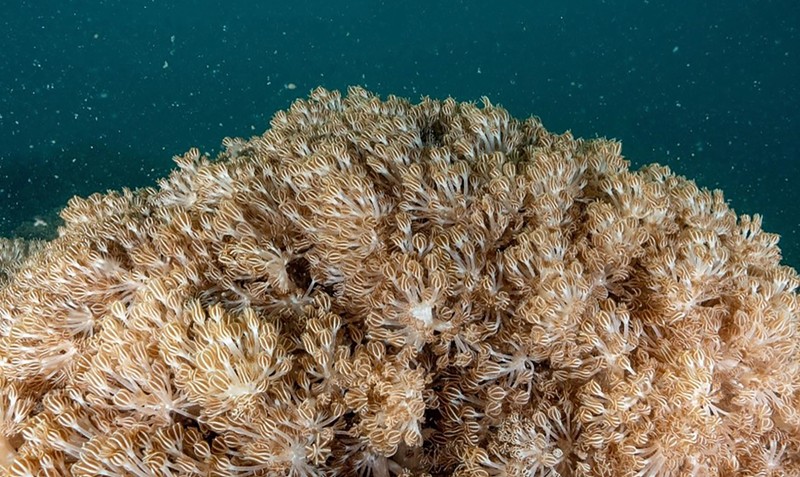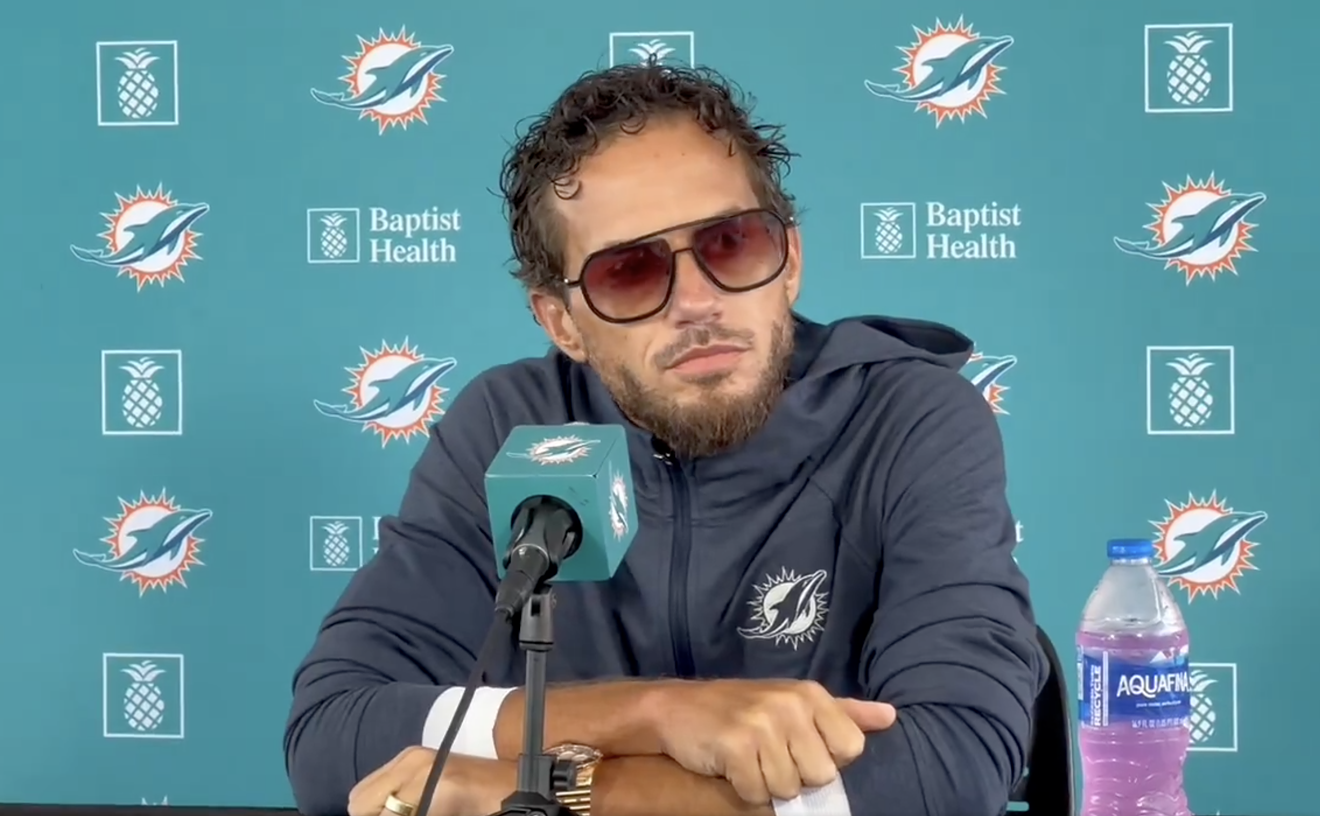Florida marine scientists are sounding the alarm about invasive coral species that are threatening local waters.
On August 14, Miami-Dade Parks and Recreation, alongside the UF/IFAS Extension Urban Horticulture Program, hosted an online seminar that was all about tackling invasive pulse corals recently spotted in the Carribean.
The pulse corals, specifically Unomia stolonifera and Xenia umbellata, originate from the Indo-Pacific region and the Red Sea. They form mats over native corals and vegetation, threatening local biodiversity and affecting industries that rely on marine ecosystems.
Marine biologists have documented the corals' spread in the waters around Puerto Rico and Cuba and fear they could soon set up shop in South Florida.
The webinar, "Invasive Pulse Corals: Be on the Lookout," featured Ana Zangroniz, a Florida Sea Grant Extension Agent for Miami-Dade County, who provided insights on how to identify and manage these intruders.
The corals' appearance in foreign marine environments has been linked to accidental releases by aquarium keepers, illegal aquaculture activities, and coral fragments hitching rides on boats and fishing gear.
"Pulse corals have had a negative impact on local environments, as they can invade a wide variety of habitat types including coral reefs, seagrass meadows, and mangrove systems. The disruption of native plants and corals can cause a cascade of impacts leading to loss of biodiversity," writes UF/IFAS Extension, a collaboration between the University of Florida Institute of Food and Agricultural Sciences and local scientists.
Pulse corals are easy to spot with their white to pink, long tentacles and their characteristic "pulse" movement in the currents. If you are enjoying South Florida's tropical waters, keep an eye out for these invasive species. However, make sure not to touch or remove them. Simply take a picture and report your findings to the U.S. Geological Survey's Nonindigenous Aquatic Species website.

Audio By Carbonatix
[
{
"name": "Air - MediumRectangle - Inline Content - Mobile Display Size",
"component": "19274298",
"insertPoint": "2",
"requiredCountToDisplay": "2",
"watchElement": ".fdn-content-body",
"astAdList": [
{
"adType": "rectangle",
"displayTargets": "mobile"
}
]
},{
"name": "Editor Picks",
"component": "17482312",
"insertPoint": "4",
"requiredCountToDisplay": "1",
"watchElement": ".fdn-content-body",
"astAdList": [
{
"adType": "rectangle",
"displayTargets": "desktop|tablet"
},{
"adType": "rectangle",
"displayTargets": "desktop|tablet|mobile"
}
]
},{
"name": "Inline Links",
"component": "18711090",
"insertPoint": "8th",
"startingPoint": 8,
"requiredCountToDisplay": "7",
"maxInsertions": 25
},{
"name": "Air - MediumRectangle - Combo - Inline Content",
"component": "17482310",
"insertPoint": "8th",
"startingPoint": 8,
"requiredCountToDisplay": "7",
"maxInsertions": 25,
"watchElement": ".fdn-content-body",
"astAdList": [
{
"adType": "rectangle",
"displayTargets": "desktop|tablet"
},{
"adType": "rectangle",
"displayTargets": "desktop|tablet|mobile"
}
]
},{
"name": "Inline Links",
"component": "18711090",
"insertPoint": "8th",
"startingPoint": 12,
"requiredCountToDisplay": "11",
"maxInsertions": 25
},{
"name": "Air - Leaderboard Tower - Combo - Inline Content",
"component": "17482313",
"insertPoint": "8th",
"startingPoint": 12,
"requiredCountToDisplay": "12",
"maxInsertions": 25,
"watchElement": ".fdn-content-body",
"astAdList": [
{
"adType": "leaderboardInlineContent",
"displayTargets": "desktop|tablet"
},{
"adType": "tower",
"displayTargets": "mobile"
}
]
}
]












